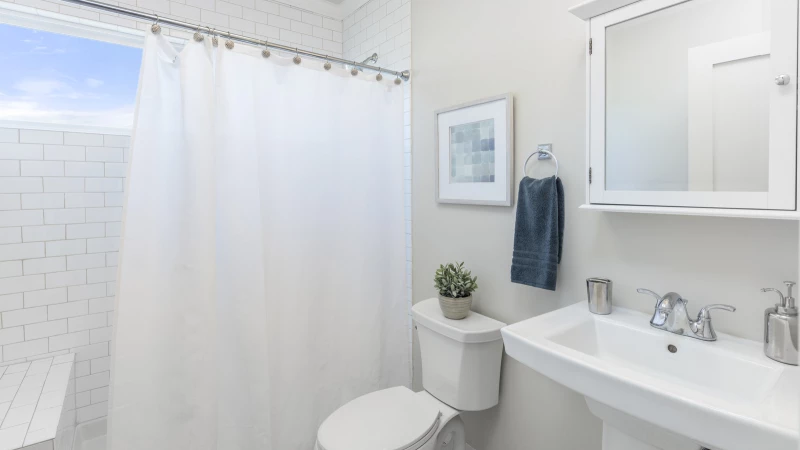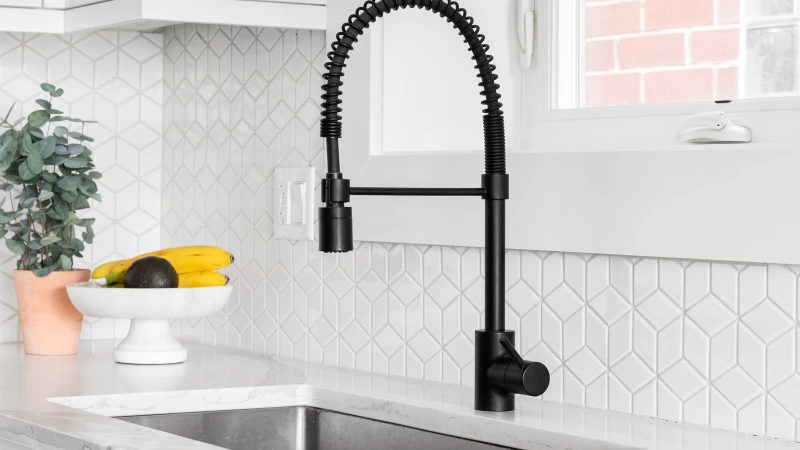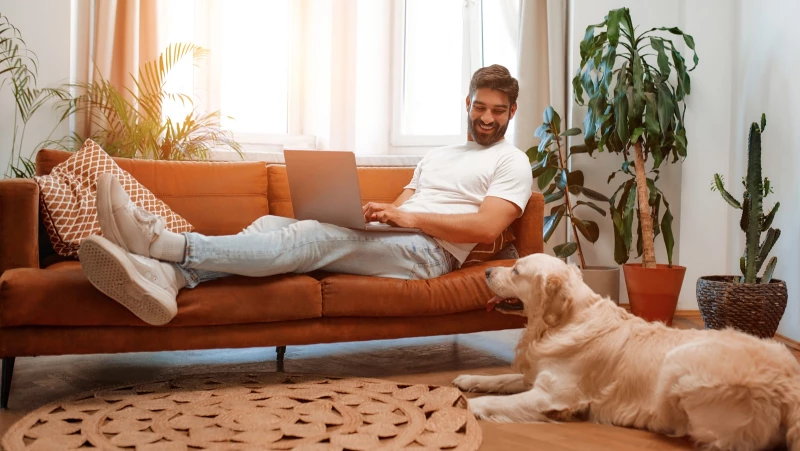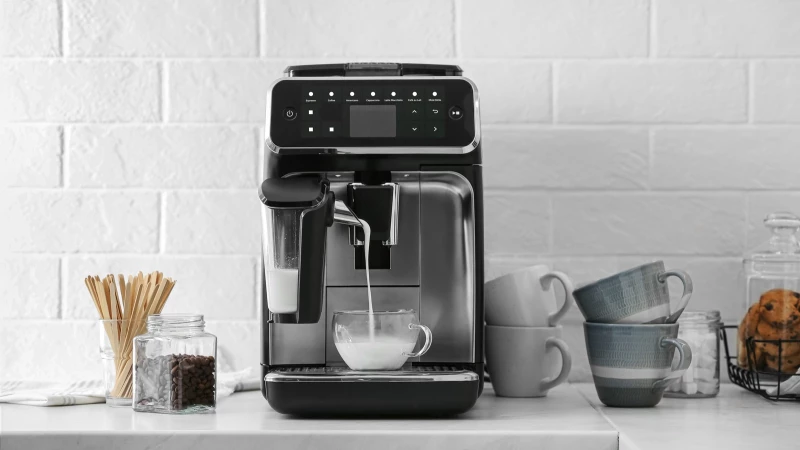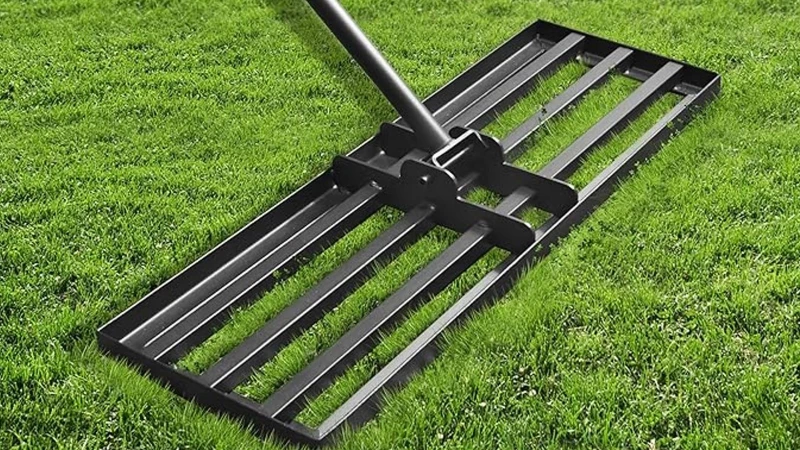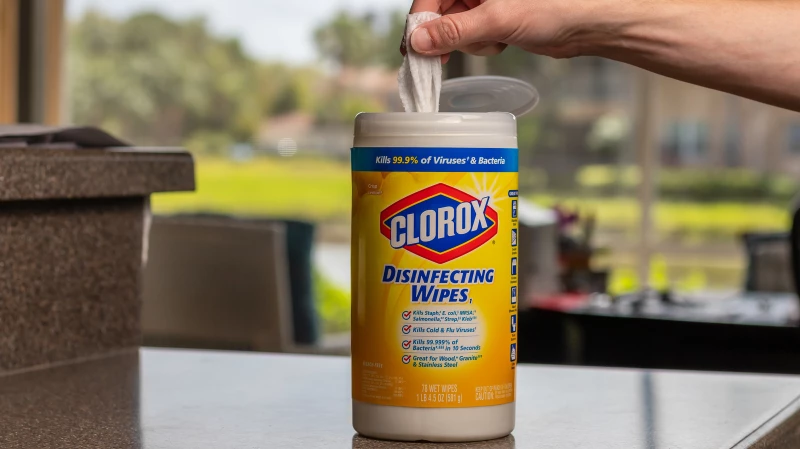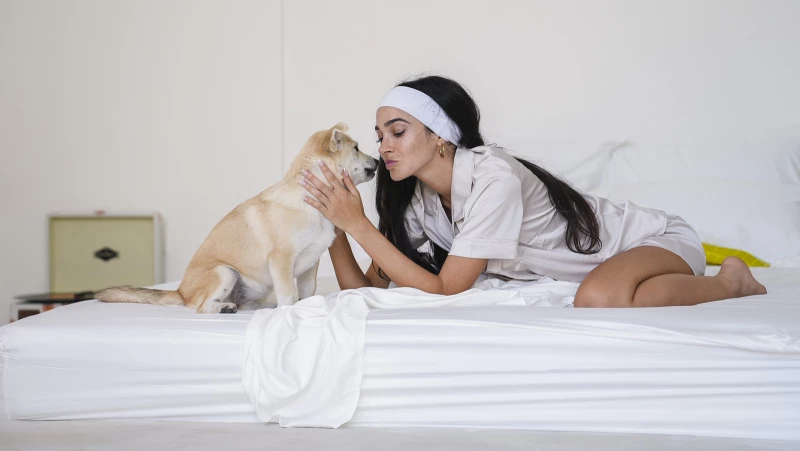Choosing a new shower curtain involves considering various factors, with the material being a key consideration. One popular option in the market today is PEVA shower curtains. But what exactly are they? PEVA, short for polyethylene vinyl acetate, combines the waterproof properties of polyethylene with the fabric-like feel of vinyl acetate. This results in a durable, waterproof curtain that resembles woven vinyl fabric.
PEVA shower curtains differ from PVC or EVA options due to their unique composition. While PVC (polyvinyl chloride) is known for its durability but may release harmful chemicals, and EVA (ethylene vinyl acetate) is softer but less resistant to mold, PEVA strikes a balance between strength, safety, and aesthetics.
How do PEVA shower curtains compare to PVC or EVA options?
When it comes to choosing between PEVA, PVC, or EVA shower curtains, understanding the differences in material composition is crucial. While PEVA offers a balance of durability and safety, PVC may be more long-lasting but comes with potential health risks. On the other hand, EVA provides a softer touch but may be less resistant to mold and mildew. Consider your priorities in terms of durability, safety, and maintenance when selecting the right shower curtain for your bathroom.
PVC, or polyvinyl chloride, shower curtains are similarly as inexpensive and durable as PEVA but are more like a traditional plastic curtain with no qualities of fabric. PVC shower curtains are also manufactured with chlorine that creates volatile organic compounds (or VOCs), which can cause respiratory and other health issues when inhaled. Many have claimed PEVA curtains are safer alternatives due to the lack of chlorine in the production process. However, when it comes to the data studying which shower curtain is safer, PVC or PEVA, there are safety concerns with each giving off VOCs, so be cognizant of this when choosing a shower curtain or liner.
Another curtain you will see on the market is an EVA (ethylene vinyl acetate) shower curtain. Despite being marketed under a separate name by different manufacturers, EVA and PEVA are actually two acronyms for the same material. Since ethylene vinyl acetate is a polymer by nature (thus the "poly"), a "P" was added to PEVA, which is the more prevalent of the two acronyms in the shower curtain world.
Maximize the Lifespan of Your PEVA Shower Curtain
Looking to extend the life of your PEVA shower curtain? Consider using inexpensive curtains as liners for the shower side of a fabric curtain. By doing so, you can protect your outer curtain and prolong its lifespan. Remember, whether your PEVA curtain is a liner or your main shower curtain, always position the smooth side towards the shower and the textured side facing out towards the room or outer shower curtain. This setup allows water to run off the smooth side more easily, enhancing its waterproof properties and preventing mold or mildew formation caused by trapped water in the textured side.
When it's time to bid farewell to your PEVA shower curtain, keep in mind that some PEVA curtains are recyclable. However, not all municipal recycling programs accept them. In such cases, it's best to locate a recycling facility that specifically accepts this type of plastic material. Alternatively, explore creative ways to repurpose your old shower curtain before discarding or recycling it. These innovative hacks not only reduce waste but also give your PEVA curtain a new purpose beyond the shower.

